The SPI can work at 2 meters just fine, although at reduced speed. If you do not absolutely need maximum possible clock you can wire your modules and gradually increase speed to find out error-free maximum.
As a side note, SPI is not the best protocol to use off-board when you have multiple slaves, because wiring CS lines quickly makes it cumbersome.
Using I2C or dI2C simplifies wiring but requires somewhat more complicated transceiver circuits. Using I2C-to-1wire bridges simplifies this as well but at cost of greatly reduced speed.
UART also works at 2m without problems. You can extend it much further by converting UART to RS-485 or LVDS. The problem with using UART, however, is that it does not have addressing mechanism to support multiple modules. If your controller has enough UART ports for all modules then wiring them individually instead of using any bus would be best option.
Note that MFRC522 chip supports all three protocols, SPI, I2C and UART.
